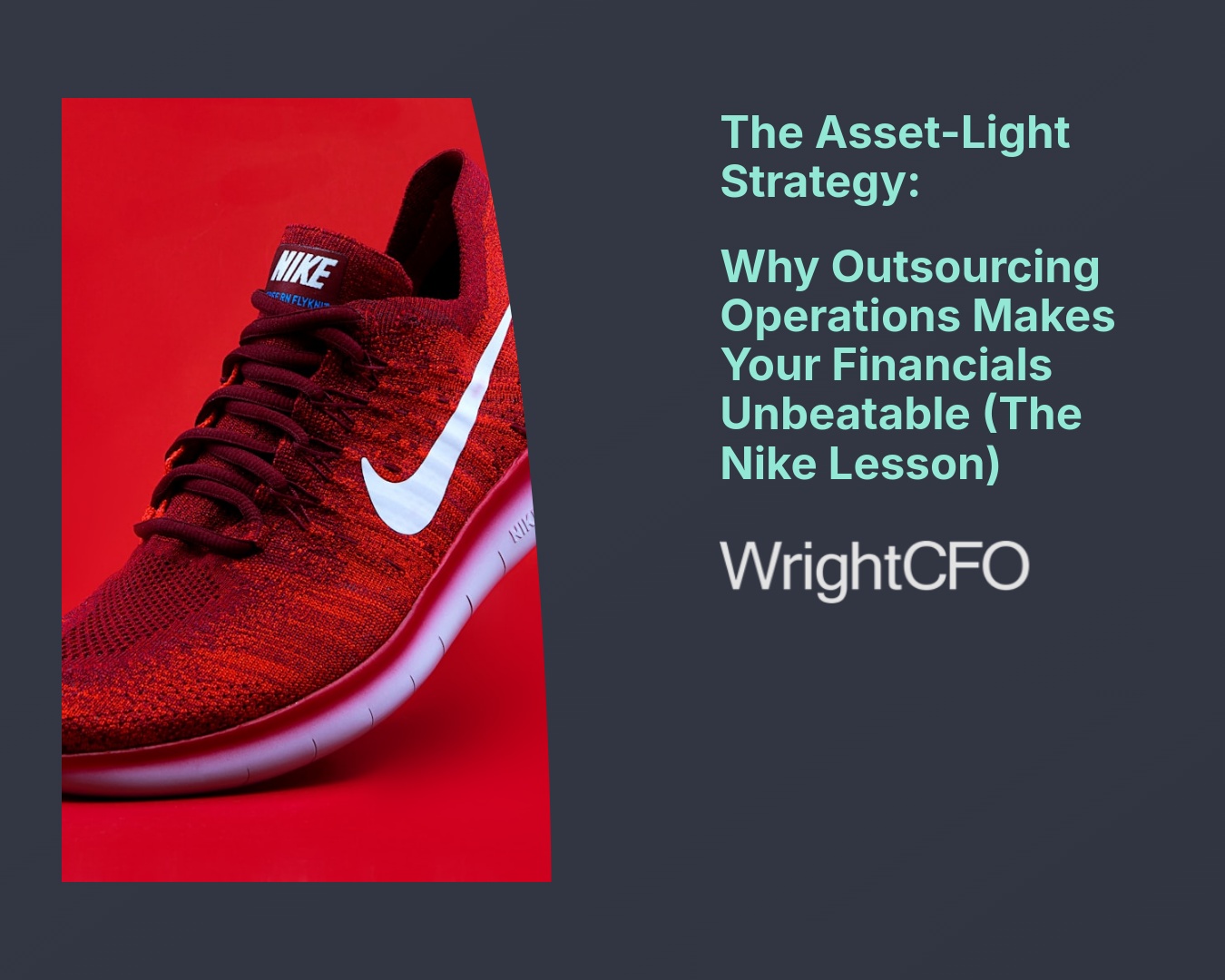Adobe’s $1.2 Billion Gamble: How to Survive the Cash Dip When Pivoting to Subscription
How do you survive the cash dip when your business model shifts overnight?
The Corporate Autopsy, Vol. III: Adobe
Last week, we discussed the folly of managing creative assets like they were fixed costs. This week, we examine the ultimate act of strategic financial courage: cannibalising a billion-pound revenue stream for the sake of long-term survival.
Our subject for The Corporate Autopsy is Adobe, whose shift from selling expensive, boxed software to the subscription-only Creative Cloud model in the early 2010s was not just a technical change—it was a financial transformation that required the guts to accept a deep, temporary revenue collapse.
The Financial Terror of the ‘Cash Dip’
For years, Adobe’s financial model was simple: sell a license upfront for hundreds, even thousands, of pounds. This generated massive, immediate, and high-margin cash flow, but it was volatile and unpredictable.
The move to Creative Cloud meant changing this entirely. Customers would now pay a small, monthly subscription fee. The financial consequence was immediate and terrifying: The Cash Dip.
The dip happens because you stop receiving large, instant payments and start receiving small, recurring ones. It’s the gap between the revenue you forgo today and the recurring revenue that finally surpasses the old model years down the line. It is the financial valley of death where many promising pivots fail.
Adobe knew this dip would cost them over $1.2 billion in upfront revenue. Yet, they pressed ahead because the long-term prize—predictable Annual Recurring Revenue (ARR) and higher valuation—was worth the short-term pain.
The key to surviving the cash dip lies in precise modelling and securing the runway before you leap.
The CFO’s Mandate: Modelling the Pivot
The successful execution of this pivot offers the most vital lesson for any £1M−£10M business moving towards a SaaS, service, or recurring revenue model: You must model the dip and secure the capital to survive it.
At WrightCFO, our role is to act as the financial architect for this transformation:
- Quantify the Cost of Courage: We help you ruthlessly model the ‘Cash Dip’—quantifying exactly how deep the short-term revenue loss will be, and how long the funding runway is required to reach the break-even point in the new model.
- Align Stakeholders (The Long-Term View): We prepare the financial narrative for investors and lenders, justifying the short-term revenue loss by focusing relentlessly on the superior Lifetime Value (LTV) of the subscription customer and the higher valuation multiple ARR commands. This is about managing expectations and locking in patient capital.
- Cost Discipline as Survival: During the dip, every pound of expense becomes critical. We implement precise cost controls and operational efficiencies, ensuring that only mission-critical expenditure (like R&D and customer success) is funded, guaranteeing the business has the fuel needed to cross the valley.
Every SaaS leader must plan how they’ll survive the cash dip between ambition and profitability.
The lesson from Adobe is clear: if you want the financial security and valuation benefits of a subscription model, you must have the financial discipline and courage to model, finance, and survive the Cash Dip. Ambition must be accompanied by accurate, long-term financial planning.
In the end, every great transformation tests a company’s endurance. Adobe proved that with courage, financial clarity, and discipline, it’s possible to survive the cash dip and emerge stronger with a more resilient, recurring model.
Further Reading from the Director
This transformation from a volatile software seller to a recurring revenue superpower is a case study in strategic courage. For a deep-dive look at the management and strategic challenges faced during the pivot, I urge you to consult the specialist analysis:
Consult the case studies on the subscription economy, including works like the Harvard Business School case, Reinventing Adobe (2014), which forensically details the long-term strategic decisions and management vision required to survive the ‘Cash Dip.’
This article was originally published here on LinkedIN on October 22nd, 2025.





